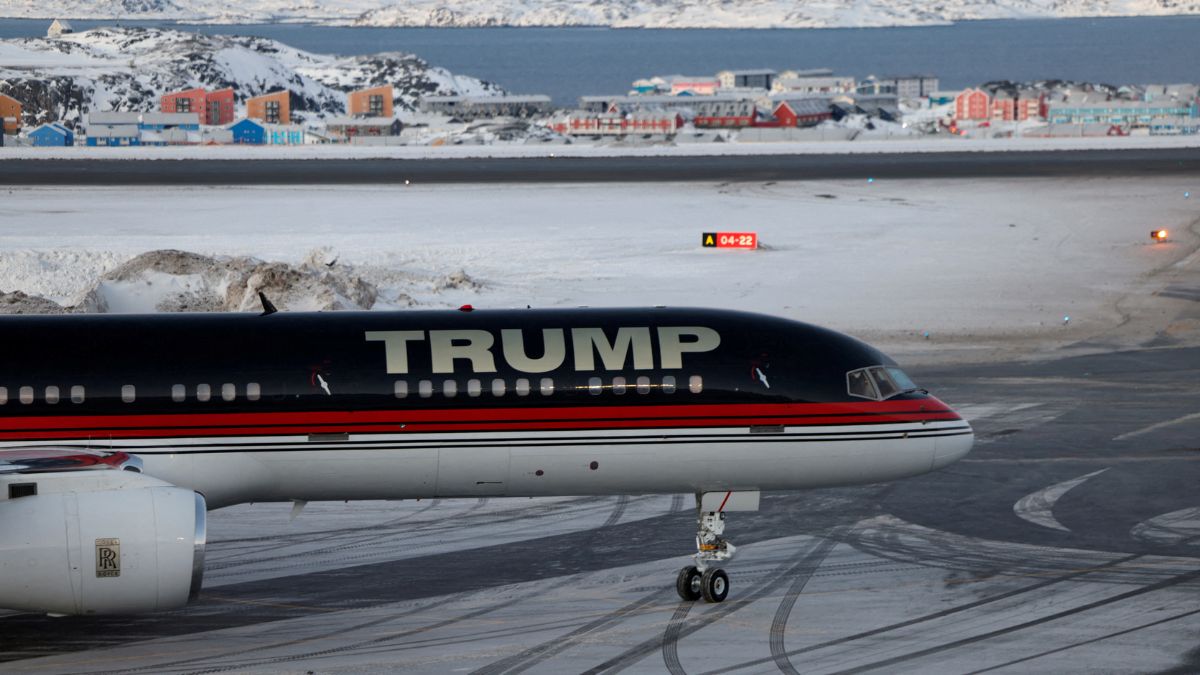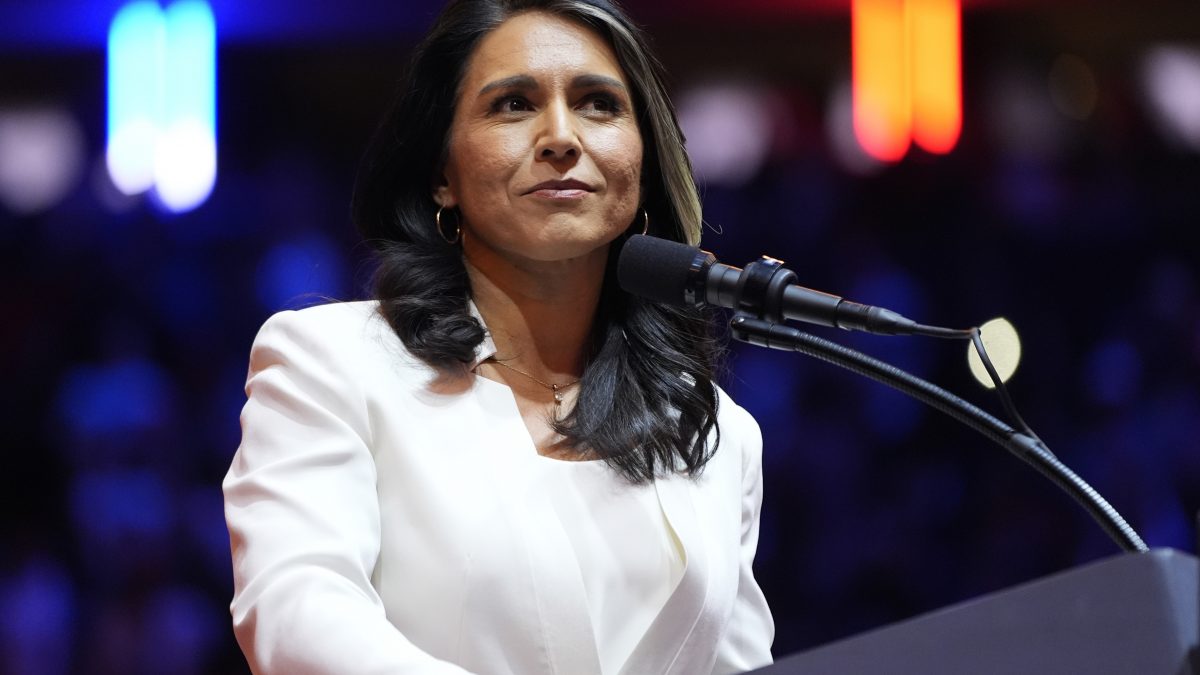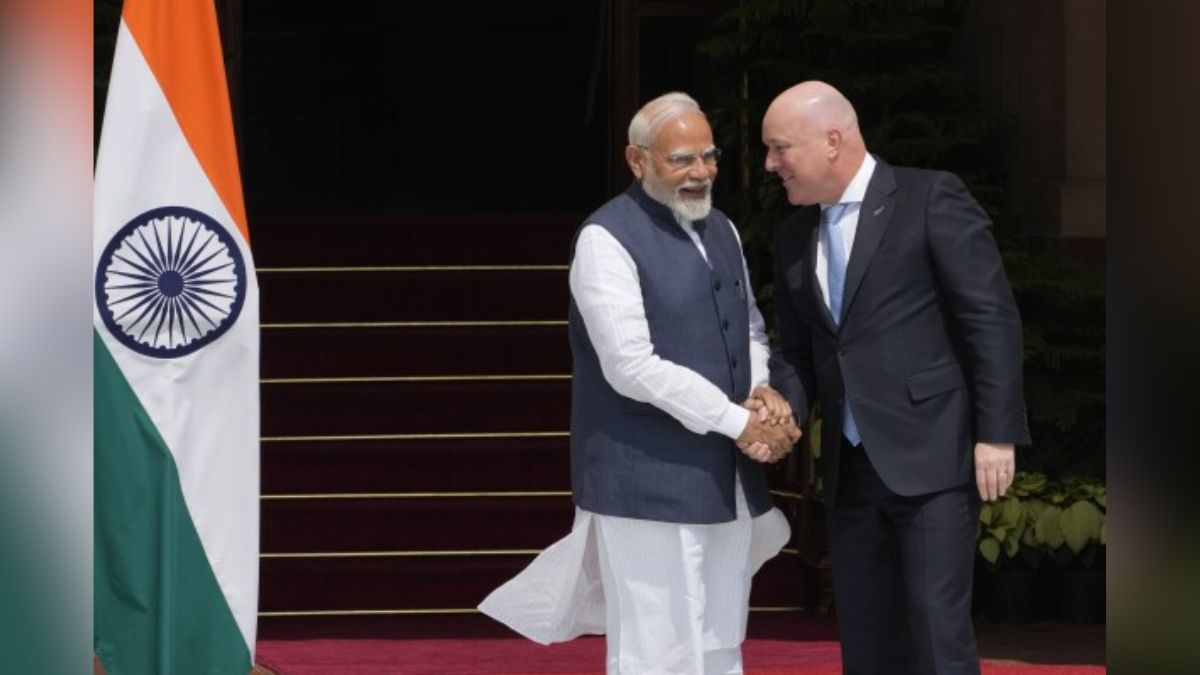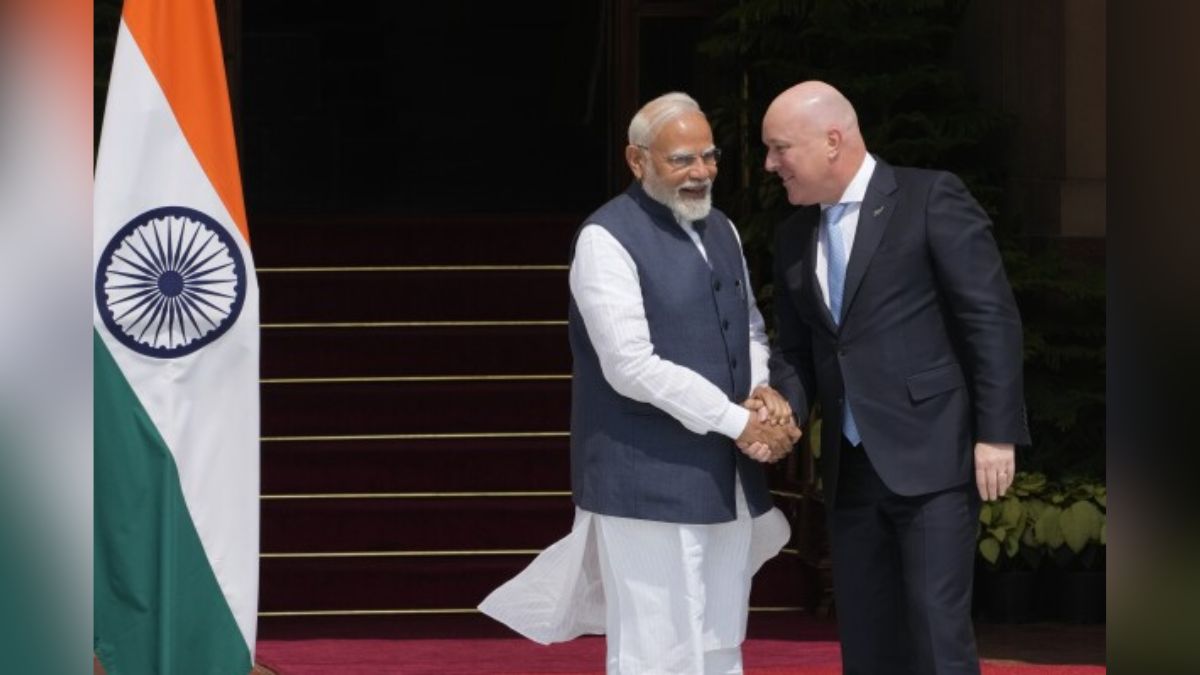The prospect of Donald Trump purchasing Greenland may seem far-fetched, but the idea is not entirely without precedent.
The world’s largest island, an autonomous territory under Denmark, holds untapped economic potential and strategic military significance.
Trump’s interest in Greenland first gained attention in 2019 during his presidency and resurfaced recently with suggestions that economic or military measures could be used to take control of the island.
Historically, the idea of purchasing Greenland is not new.
Can Trump outright buy Greenland?
In the mid-20th century, the US offered to buy Greenland, a long-secret plan revealed decades later. Politico quoted Alex Gray, former National Security Council chief of staff, who noted that “It’s not a one-size-fits-all, and we have precedent for doing a lot of options.”
Greenland, a territory that is 80 per cent covered in ice but rich in unexplored minerals, has strategic and economic value. Its melting ice caps are believed to conceal billions of dollars’ worth of hydrocarbons and other resources.
A direct purchase would align with historic examples, such as Denmark’s 17th-century purchase of St Croix or the US’s acquisition of the Philippines and the Virgin Islands. However, international laws and Greenland’s autonomy present significant barriers.
Scott Anderson, a former State Department lawyer, told Politico, “If it’s not internationally recognised as valid and legitimate, then that’s going to cause all sorts of complications in actually benefiting from that relationship with Greenland.”
Greenland’s Prime Minister has already made it clear that “Greenland is not for sale and never will be for sale,” reflecting the island’s push for independence from Denmark within the next decade.
Can Trump make a deal?
Even if outright purchase proves impossible, the US could strengthen ties through a Compact of Free Association (COFA), similar to arrangements with Pacific nations like Micronesia, Palau, and the Marshall Islands.
This agreement would grant the US exclusive military access to Greenland while supporting its defence and economy.
“Denmark understands that Greenland is going to get independence,” Gray said. He also noted that Denmark’s military capacity is insufficient to defend Greenland post-independence, making a COFA model appealing.
Such an agreement would not only provide Greenland with financial and security assurances but also grant the US greater influence in the Arctic region, countering Chinese and Russian activities.
Pituffik Space Base, a US early-warning radar station in Greenland, already plays a crucial role in monitoring Arctic developments. Strengthening the US presence there could also address surveillance gaps in the Atlantic and Arctic Oceans.
“Norway keeps an eye on it, we keep an eye on it,” Jim Townsend, a former senior Pentagon official who worked on NATO and Arctic defense policy told Politico. “That fills a gap. That’s important.”
Can Trump pressure Greenland into submission?
Greenland’s untapped reserves of minerals and hydrocarbons add to its geopolitical significance, but they also raise questions about economic exploitation and environmental impact. Any attempt to acquire Greenland could face diplomatic backlash.
Trump’s rhetoric has already drawn criticism from European leaders. Politico quoted Brian Finucane, a former State Department legal adviser, who remarked, “This rhetoric from Trump is concerning because he is the incoming US president, and his words by themselves have foreign relations consequences.”
Trump’s administration might also consider exerting economic pressure on Denmark. Speculation exists about potential US tariffs on Danish or EU goods to push for concessions regarding Greenland.
Such measures, however, could harm both economies, particularly industries like pharmaceuticals. Analysts point out that raising tariffs could disrupt European growth while negatively affecting American consumers who depend on products like insulin and diabetes medications from Denmark.
Can Trump invade Greenland?
Although Trump has refused to rule out military action, such a move would be unprecedented and controversial. Analysts warn that this approach could severely undermine NATO unity.
“If they invade Greenland, they invade NATO,” BBC quoted Elisabet Svane, chief political correspondent for Politiken newspaper. Such a scenario would trigger Article 5, NATO’s collective defence clause, and create a significant international crisis.
Military control over Greenland would not only alienate allies but also set a dangerous precedent. “He’s saying it’s legitimate for us to take this piece of land,” Ulrik Gad, a senior researcher at the Danish Institute for International Studies told BBC. “If we take him really seriously, this is a bad omen for the whole of the Western alliance.”
Can Greenland come to Trump after independence?
Greenland’s push for independence complicates the situation further. While the population of 56,000 is largely in favour of eventual independence, it remains reliant on Danish subsidies for its healthcare and welfare systems.
Ulrik Gad highlighted that any referendum on independence would require guarantees of economic stability. “The Greenland PM may be up in arms now, but in the event that he actually calls a referendum, he will need some kind of convincing narrative about how to save the Greenland economy and welfare system,” Gad explained.
Even with independence, the US would likely retain a significant presence. As Gad noted, “The Americans never really left after taking control of the island in World War Two, and they see it as vital for their security.”
Additionally, the spotlight on Greenland has raised its profile globally, with China and Russia viewing the Arctic as a region of strategic importance. For Greenlanders, balancing the competing interests of global powers while pursuing independence remains a delicate challenge.
General elections are due to be held in Greenland no later than April 6 this year to elect the 31 members of the Inatsisartut (Parliament of Greenland).
With inputs from agencies


)
)
)
)
)
)
)
)
)



